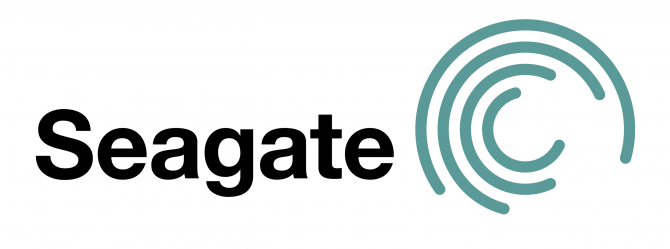By 2020, Seagate plans to introduce the first HDDs with 3 TB platters based on HAMR technology. This should be a model with a total capacity of 24 TB. Another HDD the company is hoping to launch has two actuators and therefore should be able to achieve a sequential throughput of up to 500 MB/s.

In a blog post on its website, Seagate writes that it plans to launch hard disk drives with capacities of up to 24 TB in the upcoming two years. These drives will feature Heat Assisted Magnetic Recording (HAMR) technology. Besides that, the company is also working on HDDs with two heads that can double read and write performance.
Until now, Seagate has always relied on traditional Perpendicular Magnetic Recording (PMR) technology for its drive. The company so far hasn't used Shingled Magnetic Recording (SMR) that makes higher data density possible by partly overlapping data tracks. Instead, the company has fully focused on HAMR which uses a small laser that for a very short time heats parts of the data track which makes higher data densities possible.
In a test setup, Seagate achieved a data density of 2.381 Terrabit per square inch which correspondents to 3 TB per platter. With an usual eight platters per drive, the HAMR based disks should have a capacity of 24 TB. These 24 TB should enter mass production by 2020. Before the 24 TB models, Seagate will also introduce 16 TB HAMR based drives.
Also this year, Seagate plans to launch the first HAMR based HDDs with two actuators which should double data transfer rates. Currently the typical throughput is around 250 MB/s, that should increase to 480 MB/s with the multi-actuator drives. Because both actuators also work independently of each other, the latency of reads and writes should also decrease. This should have a positive effect on the number of input and output operation, which is an important performance metric in data centers.
















